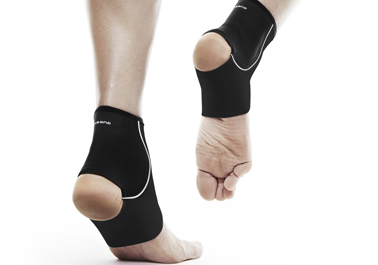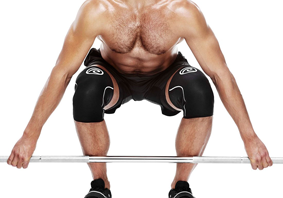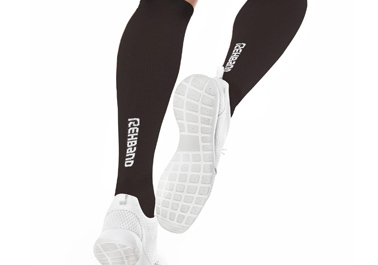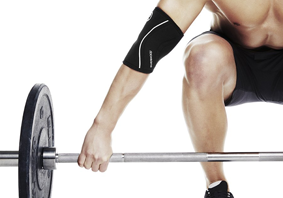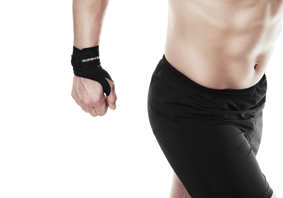Gymnastics
Special gymnastics sports supports are nowadays indispensable in the field of gymnastics and physical exercise through gymnastics on apparatus. They serve to protect your joints, tendons and ligaments. However, sports supports not only protect against injuries to tendons and ligaments that can be caused by overloading, but they also support the delicate joints. Undoubtedly, especially in common gymnastics sports, all joints and joint roots, as well as tendons and ligaments are increasingly stressed. Rehband sports supports can support your body during training. Enable your full potential!
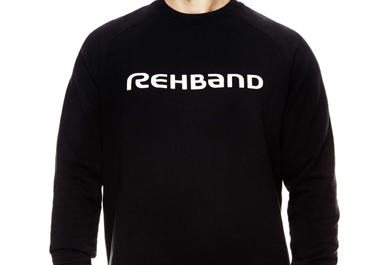
Are Sports Supports useful for gymnastics?
The question arises as to whether a gymnast sports support should be considered useful. Within the scope of a diagnosis by a sports orthopedist, serious injuries should first be ruled out. Adolescents in particular often suffer from growth disorders or cartilage injuries that require special treatment. Sports braces for gymnastics are always considered when serious injuries have been ruled out by a specialist.
The risk of injury during sports is reduced many times by wearing a gymnastics sports support. You can use a gymnastics brace for acute care of a joint, but also in the fight against chronic instability. Giving your joint stability again is the first priority. In addition, the relief of stressed ligaments and tendons is in the foreground.
The lightweight construction of today's supports, using natural and lightweight materials, ensures a comfortable feel, perfect fit and lasting support for wrists and ankles. Even with existing injuries or swelling, the materials used adapt perfectly to your needs. New injuries can be prevented by wearing a sports support for gymnastics and the healing of existing injuries is accelerated.
Gymnastics Sports Supports for wrist
Your wrists are exposed to particular stresses during gymnastics. Overloading can injure important areas of the wrist. This can be acute or chronic. Depending on the type and length of training, it is recommended to use gymnastics bandages to protect your wrists. Overstretching of the wrist is permanently prevented by wearing a bandage. Stabilization can be achieved by wearing a wrist bandage or wrist brace. Damaged and overstrained tissue in the wrist can regenerate and recover thanks to a special wrist brace. In case of persistent complaints, it is recommended to wear bandages also during leisure time until the joint has completely regenerated.
Gymnastic Sports Supports for the back
Frequent repetition of movements or a series of consecutive movements in which the back is "hollowed" or "rounded" can cause back injuries from overuse. Among the most commonly stressed areas of the body in gymnastics are the entire ligamentous system and the surrounding muscular plexus of the spine. This supports and protects your spine from injury. So-called back supports offer permanent protection against incorrect posture or overloading in the back area during gymnastics training. In addition to the protective effect, back supports can also be used for extended support.
Gymnastic Sports Supports for the ankle
Besides the wrist, the ankle joint is the most frequently injured during gymnastics. In particular, tearing or tearing of the ankle ligament is associated with bad sprains. A good approach to solving this problem is the use of sports bandages designed specifically for the ankle. In addition to protecting the ankle from injury, overstretching or severe sprains, the Turner bandage on the ankle provides firm support and a secure footing. The ankle bandage is excellent to wear in almost any shoe - if necessary, even permanently during leisure time. The thoughtful design of a bandage for the ankle relieves the ligaments and inhibits too strong inverted movements in the ankle.
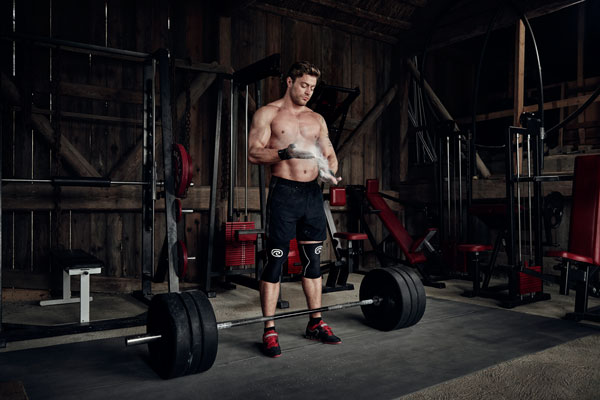




 Other Regions (USD)
Other Regions (USD)
